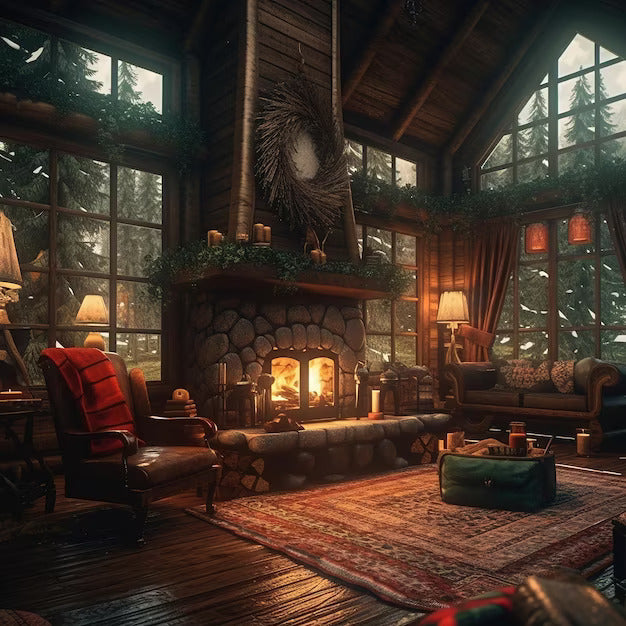
The Great Outdoor Air Myth: Debunking The Combustion Air Fallacy Once and For All
Share
Introduction: The Set-Up
You know the feeling: the smoky aroma of wood burning in your fireplace, the heat radiating from your wood stove, warming the room on a chilly night. But what if I told you that one "building code" staple could be ruining your efficiency and even creating hazards? This is no exaggeration; it's time to debunk the myth of outdoor combustion air, an idea sanctified by building codes and widely propagated but utterly lacking in scientific credibility.
Why Outdoor Air? The Three Theories
Three core theories justify this “outdoor air for indoor heating” paradox:
-
Oxygen Replacement: It's believed that houses are airtight, and the wood burner would deplete the oxygen.
-
Smoke Minimization: It’s thought that outdoor air could cut down the risk of smoke infiltrating your living space.
-
Energy Efficiency: Lastly, the claim that using cold outdoor air instead of indoor air could save energy costs.
Well, spoiler alert: All three theories have fallen flat under the scrutiny of scientific evaluation.
The Birth of the Myth
This misguided belief system can be traced back almost fifty years to mobile home regulations. Designed to be small and airtight, mobile homes enforced the use of outdoor air for all forms of combustion, be it wood, oil, or gas. And when large exhaust systems emerged in the 1980s, the myth perpetuated into the mainstream, landing a spot in most building codes.
The Lab Speaks: Field and Laboratory Reports
Whether it's passive make-up type air supplies or direct-to-combustion chamber air supplies, evidence is glaringly clear—outdoor air is neither a simple nor effective cure for spillage. Heck, some designs could even pose a fire hazard!
The Realities: The Dark Side of Outdoor Air
-
Ineffectiveness in Smoke Leakage Control: Even the most well-sealed systems can’t withstand the depressurization from household exhaust systems like kitchen hoods.
-
Risk of Reversal: The pressure effects of wind can be far more potent than chimney drafts, leading to hazardous situations.
-
Operational Inconsistency: Various factors like house envelope, wind, and exhaust systems make outdoor air supplies unreliable and unpredictable.
The Logical Alternative: In-house Combustion Air
Building science shows that air must be exchanged every three hours for a healthy living environment. In a 1500 square-foot house, that's 66 cubic feet per minute (cfm). Compared to a wood stove's average air consumption rate of 10-25 cfm, the difference is minuscule.
The Conclusion: Tear Down The Myth
It’s time to bring this myth down, and bring in the facts. Indoor air, despite its drawbacks, proves to be a reliable, efficient, and safer option for combustion air. While outdoor air supplies may be a mandatory building code, let's not pretend it's enhancing your wood-burning experience or offering any efficiency.
So, the next time someone praises the merits of an outdoor air supply for your fireplace or wood stove, challenge them. Point them to the science and ask them to think again. Because when it comes to combustion air, sometimes the best answer is right in the room with you.
Sources from: https://woodheat.org/the-outdoor-air-myth-exposed.html
